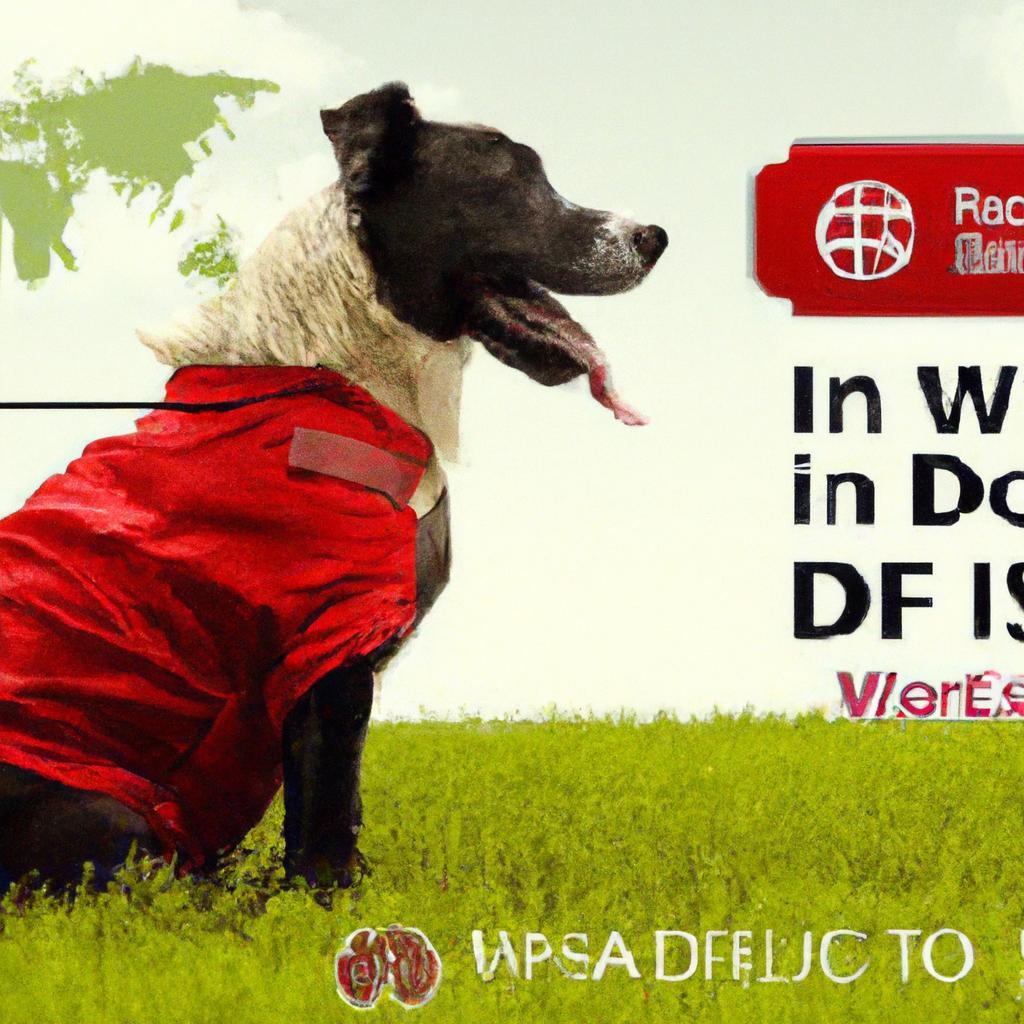In the heart of a lush rainforest, a clever crow named Kira devised a plan to retrieve a shiny object trapped in a narrow crevice. Observing the nearby river, she gathered pebbles, dropping them one by one into the crevice until the object floated to the surface. Her fellow animals watched in awe, realizing that Kira wasn’t just a bird; she was a master problem-solver. This moment sparked a debate among the creatures: Was Kira the smartest animal? As they pondered, they learned that intelligence comes in many forms, each unique and remarkable.
Table of Contents
- Exploring the Cognitive Abilities of the Worlds Most Intelligent Animal
- Unveiling the Unique Problem-Solving Skills That Set This Animal Apart
- Understanding Social Structures and Communication in Highly Intelligent Species
- Practical Insights: How to Foster Intelligence in Pets and Wildlife Conservation Efforts
- Q&A
Exploring the Cognitive Abilities of the Worlds Most Intelligent Animal
When delving into the realm of animal intelligence, one cannot overlook the remarkable cognitive abilities exhibited by various species. Among them, the **octopus** stands out as a true marvel of the natural world. With a complex nervous system and a brain that is distributed throughout its body, this cephalopod showcases an extraordinary level of problem-solving skills and adaptability. Research has revealed that octopuses can navigate mazes, open jars, and even use tools, demonstrating a level of ingenuity that rivals that of many mammals.
Another contender for the title of the most intelligent animal is the **African grey parrot**. Renowned for its exceptional vocal mimicry, this bird possesses an impressive capacity for understanding and using human language. Studies have shown that African grey parrots can not only mimic words but also comprehend their meanings, allowing them to engage in meaningful conversations. Their ability to categorize objects, solve puzzles, and even demonstrate a sense of self-awareness further cements their status as one of the smartest avian species.
In the realm of mammals, the **dolphin** is often celebrated for its intelligence. These social creatures exhibit complex behaviors, such as cooperative hunting and intricate communication through a series of clicks and whistles. Dolphins have been observed using tools, such as sponges, to protect their snouts while foraging on the ocean floor. Their ability to learn from one another and adapt to changing environments showcases a level of cognitive sophistication that is truly remarkable.
Lastly, the **chimpanzee** deserves mention for its close genetic relationship to humans and its impressive cognitive abilities. Chimpanzees have demonstrated the capacity for abstract thinking, problem-solving, and even the use of sign language to communicate with humans. Their social structures and ability to form intricate relationships highlight their emotional intelligence, making them not only intelligent but also deeply aware of their social surroundings. Each of these animals contributes to our understanding of intelligence in the animal kingdom, challenging our perceptions and inviting us to explore the depths of cognitive abilities across species.
Unveiling the Unique Problem-Solving Skills That Set This Animal Apart
Among the myriad of creatures that inhabit our planet, one stands out for its remarkable ability to tackle challenges in ways that seem almost human. This animal exhibits a level of intelligence that transcends instinct, showcasing a repertoire of problem-solving skills that are both fascinating and complex. From using tools to navigate its environment to employing social strategies for survival, its cognitive prowess is a testament to the evolutionary advantages of intelligence.
One of the most striking examples of this animal’s ingenuity is its use of tools. It has been observed crafting and utilizing objects from its surroundings to achieve specific goals, such as accessing food or creating shelter. This behavior not only demonstrates an understanding of cause and effect but also highlights an ability to manipulate the environment in a purposeful manner. The animal’s capacity to innovate and adapt its tool use based on the situation is a clear indicator of advanced cognitive functioning.
In addition to tool use, this animal excels in social problem-solving. It often engages in cooperative behaviors, working alongside others to overcome obstacles that would be insurmountable alone. This collaboration is not merely instinctual; it involves communication, strategy, and an understanding of social dynamics. The ability to read the intentions and emotions of others enhances its problem-solving capabilities, allowing it to navigate complex social structures effectively.
Moreover, this animal exhibits a remarkable memory, which plays a crucial role in its problem-solving repertoire. It can recall past experiences and apply learned knowledge to new situations, showcasing a level of foresight that is rare in the animal kingdom. This combination of memory, social intelligence, and tool use creates a unique skill set that not only aids in survival but also enriches its interactions with the world around it, setting it apart as a true marvel of nature.
Understanding Social Structures and Communication in Highly Intelligent Species
In the realm of highly intelligent species, social structures play a pivotal role in shaping communication and interaction. These structures often dictate how individuals within a species relate to one another, influencing everything from mating rituals to cooperative hunting strategies. For instance, in species such as dolphins and elephants, complex social hierarchies are evident, where relationships are maintained through intricate social bonds and alliances. This not only enhances their survival but also enriches their social experiences.
Communication among intelligent animals is equally sophisticated, often involving a combination of vocalizations, body language, and even facial expressions. For example, the vocal repertoire of whales includes a variety of sounds that serve different purposes, from navigation to social bonding. Similarly, primates utilize a range of calls and gestures to convey emotions and intentions, showcasing their ability to engage in nuanced social interactions. These forms of communication are essential for maintaining group cohesion and facilitating cooperation.
Moreover, the ability to understand and manipulate social dynamics is a hallmark of intelligence in these species. Many highly intelligent animals exhibit behaviors that suggest an awareness of others’ mental states, often referred to as theory of mind. This cognitive skill allows them to anticipate the actions of their peers, negotiate conflicts, and even deceive when necessary. Such capabilities are particularly evident in species like chimpanzees and crows, where individuals demonstrate strategic thinking in social contexts.
Ultimately, the interplay between social structures and communication in intelligent species reveals a fascinating tapestry of behaviors that underscore their cognitive abilities. By studying these dynamics, researchers can gain insights into the evolutionary pressures that have shaped intelligence across different species. Understanding how these animals navigate their social worlds not only highlights their remarkable capabilities but also invites us to reflect on the complexities of intelligence itself.
Practical Insights: How to Foster Intelligence in Pets and Wildlife Conservation Efforts
Understanding and nurturing intelligence in both pets and wildlife can lead to remarkable outcomes in behavior and conservation. One effective approach is through **enrichment activities** that stimulate mental engagement. For pets, this can include puzzle toys, interactive games, and training sessions that challenge their cognitive abilities. For wildlife, creating environments that mimic their natural habitats encourages problem-solving and adaptability, essential traits for survival. By fostering these skills, we not only enhance the lives of our pets but also contribute to the resilience of wildlife populations.
Another vital aspect is the role of **social interaction** in developing intelligence. Pets thrive on companionship, and engaging them in play with other animals or humans can significantly boost their cognitive functions. Similarly, wildlife often exhibits complex social structures that can be nurtured through conservation efforts. Programs that promote social learning among species, such as those that allow young animals to observe and learn from adults, can enhance their survival skills and adaptability in the wild.
Moreover, **positive reinforcement** is a powerful tool in both pet training and wildlife conservation. Rewarding desired behaviors encourages animals to repeat those actions, leading to improved learning outcomes. In pets, this can manifest through treats or praise during training sessions. In wildlife conservation, researchers can use similar techniques to encourage natural behaviors that are beneficial for species survival, such as foraging or nesting. This method not only aids in individual animal development but also supports broader ecological goals.
Lastly, fostering intelligence in pets and wildlife requires a commitment to **education and awareness**. Pet owners can benefit from understanding animal behavior and psychology, which can lead to more effective training and bonding experiences. For wildlife conservationists, educating the public about the intelligence of various species can inspire greater appreciation and support for conservation efforts. By sharing knowledge and experiences, we can create a more informed community that values the intelligence of all living beings, ultimately leading to more effective conservation strategies.
Q&A
-
What criteria determine the “smartest” animal?
The title of the “smartest” animal is often based on various criteria, including problem-solving abilities, social intelligence, communication skills, and adaptability. Different species excel in different areas, making it a subjective determination.
-
Which animal is commonly considered the smartest?
Many experts often cite the octopus as one of the smartest animals due to its remarkable problem-solving skills and ability to use tools. However, crows and dolphins are also frequently mentioned for their advanced cognitive abilities.
-
Can intelligence be measured in animals?
Yes, intelligence in animals can be measured through various tests and observations, such as maze-solving, tool use, and social interactions. However, these measures can vary widely between species, making direct comparisons challenging.
-
Does domestication affect animal intelligence?
Domestication can influence animal intelligence, often enhancing certain traits like social skills and communication with humans. However, it may also lead to a reduction in problem-solving abilities compared to their wild counterparts.
In the grand tapestry of the animal kingdom, intelligence takes many forms. While the title of the “#1 smartest animal” may spark debate, it ultimately reminds us of the diverse ways creatures adapt, learn, and thrive in their environments.

大家好,我是彼得潘,專業的手法身體治療師。我喜歡探索和研究各種主題,並透過與人工智慧的合作分享專業、實用、有趣的文章。我們定期進行人工審核,以確保內容的準確性。如果您發現文章中有任何不準確的地方,請隨時與我們聯繫,我們會及時糾正。您可以透過 [email protected] 與我們聯繫。



